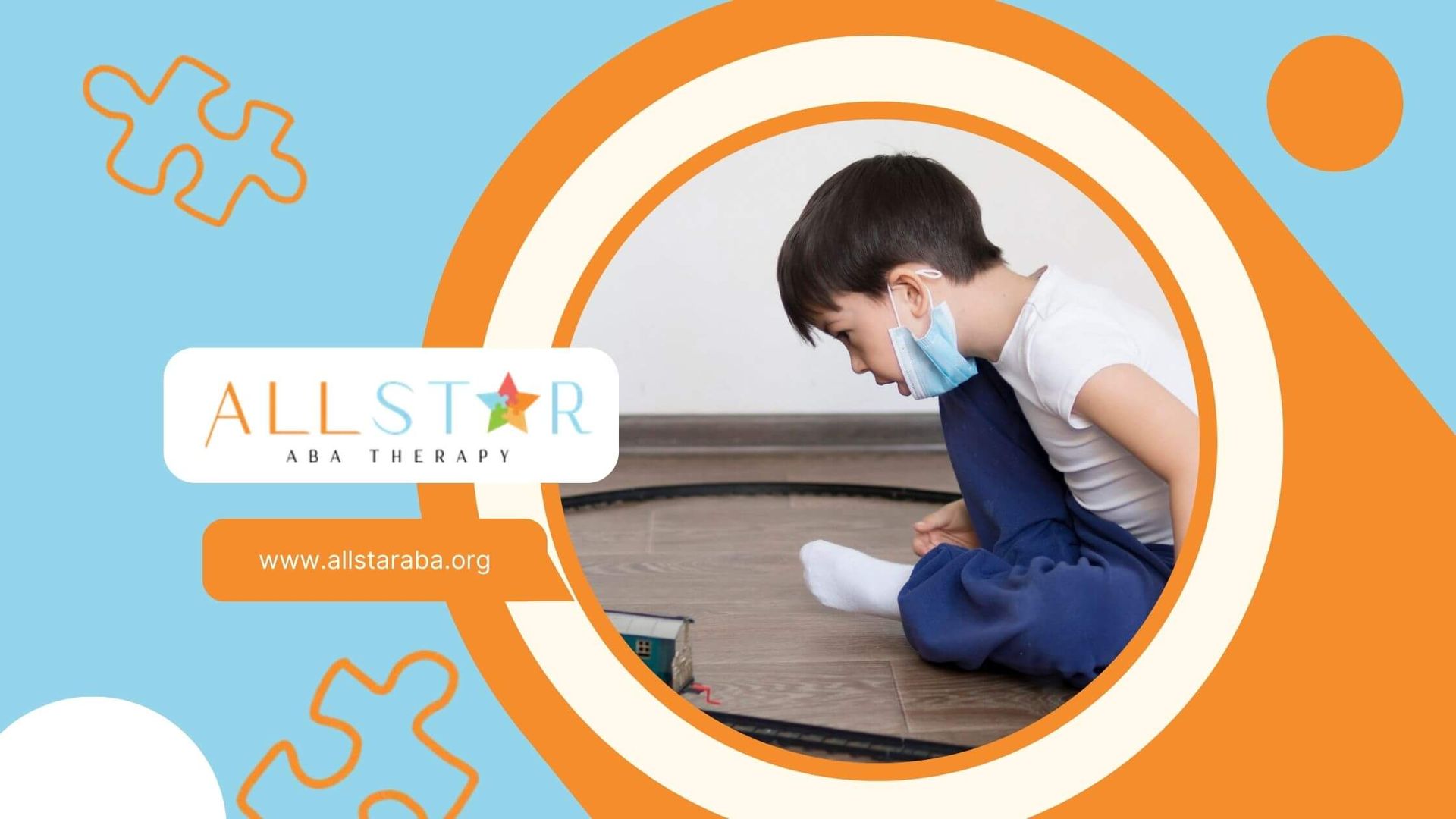New Paragraph
Managing Tactile Sensitivity in Autism
Tactile sensitivity, also known as tactile defensiveness or tactile hypersensitivity, is a common sensory issue that affects many individuals with Autism Spectrum Disorder (ASD). For those with tactile sensitivity, everyday touch sensations can feel overwhelming or even painful, which can significantly impact their daily lives. This article will explore the nature of tactile sensitivity, its impact on individuals with autism, and strategies for managing this condition.
What is Tactile Sensitivity?
Tactile sensitivity occurs when the nervous system overreacts to touch stimuli. This heightened sensitivity can cause discomfort, anxiety, or distress in response to textures, temperatures, or physical contact that most people would find ordinary. Tactile sensitivity can vary widely, with some individuals experiencing mild discomfort and others finding it difficult to tolerate any form of touch.
Common Signs of Tactile Sensitivity
Individuals with tactile sensitivity may exhibit behaviors such as:
- Avoiding certain textures, such as clothing fabrics or food textures
- Discomfort with activities like brushing hair or teeth
- Negative reactions to light touch or unexpected physical contact
- Difficulty wearing tight-fitting clothing or clothing with tags
- Overwhelmed by crowded spaces where accidental touches are frequent
Autism and Touch Sensitivity
Autism and touch sensitivity often go hand in hand. Many individuals with autism have a heightened or diminished response to sensory stimuli, including touch. For some, tactile hypersensitivity can lead to avoidance of certain activities, difficulty with daily routines, and challenges in social interactions.
Causes of Tactile Sensitivity in Autism
While the exact cause of tactile sensitivity in autism is not fully understood, it is believed to be related to how the brain processes sensory information.
The sensory processing system in individuals with autism may be hyperactive, leading to an exaggerated response to touch. This can make everyday sensations feel overwhelming, causing discomfort or pain.
Impact on Daily Life
Tactile sensitivity can significantly affect daily life for individuals with autism. It can interfere with self-care routines, such as dressing, grooming, and bathing, and can make social interactions more challenging.
For example, a simple handshake or hug might be unbearable, leading to social withdrawal or anxiety.
Tactile Hypersensitivity in Adults
While tactile hypersensitivity is often discussed in the context of children, it is important to recognize that many adults with autism also experience this condition.
Tactile hypersensitivity in adults can impact their ability to engage in social interactions, maintain employment, and manage daily tasks.
Challenges Faced by Adults with Tactile Hypersensitivity
Adults with tactile hypersensitivity may face challenges such as:
- Workplace Difficulties: Sensitivity to certain materials, uniforms, or environments can make it difficult to perform job tasks or stay focused.
- Social Interactions: Avoidance of touch can lead to misunderstandings in social settings, making it harder to form or maintain relationships.
- Daily Living: Tasks like dressing, cooking, or even sitting in certain chairs can be uncomfortable or distressing, leading to avoidance behaviors.
Strategies for Managing Tactile Sensitivity
Managing tactile sensitivity requires a personalized approach, as each individual’s experience with touch sensitivity is unique. Here are some strategies that can help:
1. Gradual Desensitization
Gradual desensitization involves slowly introducing the individual to the stimuli they find uncomfortable in a controlled and supportive environment. This might include gently touching different textures, gradually increasing the intensity over time, and using positive reinforcement to build tolerance.
2. Choosing the Right Clothing
Selecting clothing that is comfortable and free from irritating tags or seams can make a significant difference. Soft, loose-fitting fabrics like cotton are often more tolerable for individuals with tactile sensitivity.
3. Creating a Sensory-Friendly Environment
A sensory-friendly environment can help reduce the impact of tactile hypersensitivity. This might include using soft furnishings, adjusting room temperatures, and avoiding materials that cause discomfort.
4. Occupational Therapy
Occupational therapy can be beneficial for individuals with tactile sensitivity. An occupational therapist can work with the individual to develop coping strategies, improve sensory processing, and increase comfort with touch.
5. Encouraging Open Communication
Encouraging individuals with tactile sensitivity to express their preferences and discomforts can help those around them understand and accommodate their needs. This is especially important for adults who may have developed their own strategies for managing sensitivity.
The Role of ABA Therapy in Addressing Tactile Sensitivity
Applied Behavior Analysis (ABA) therapy can play a crucial role in helping individuals with autism manage tactile sensitivity. ABA therapists work with individuals to understand their triggers and develop personalized strategies to reduce sensitivity and improve daily functioning. Techniques such as positive reinforcement, modeling, and gradual desensitization are often used to help individuals become more comfortable with touch.
Conclusion
Tactile sensitivity is a significant challenge for many individuals with autism, affecting their daily lives and interactions. By understanding the causes, identifying triggers, and implementing effective strategies, families and practitioners can help individuals with autism navigate their tactile hypersensitivity and improve their quality of life.
At All Star ABA, we are committed to providing compassionate, evidence-based support for individuals with autism and their families. Our experienced ABA therapists are here to help you and your loved ones manage sensory challenges, including tactile sensitivity. Contact us today to learn more about our services and how we can assist in creating a supportive environment for your family.
FAQs
What is tactile sensitivity in autism?
Tactile sensitivity in autism refers to an exaggerated response to touch, where certain textures or physical contact can cause discomfort or pain.
How can I help my child with autism manage touch sensitivity?
Strategies like gradual desensitization, choosing comfortable clothing, and creating a sensory-friendly environment can help manage touch sensitivity.
Do adults with autism experience tactile hypersensitivity?
Yes, many adults with autism continue to experience tactile hypersensitivity, which can affect their social interactions, employment, and daily living.
Need Support?
We're Here to Help!
Our experienced team is ready to assist you. Reach out today to discuss how we can support your child's development and well-being.
Get started with expert ABA therapy today.








